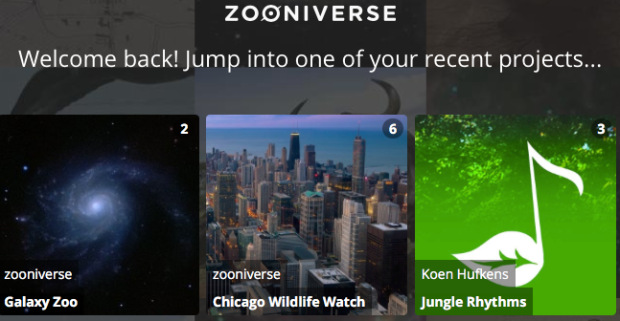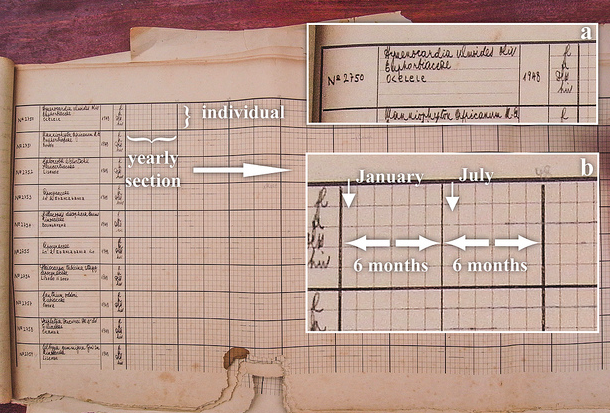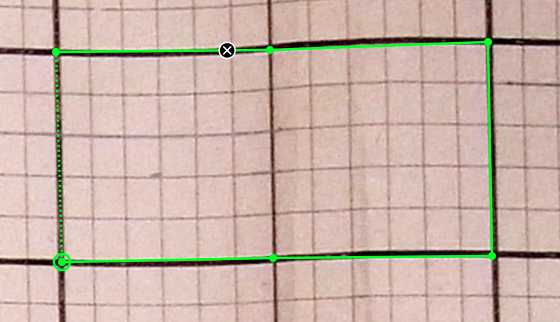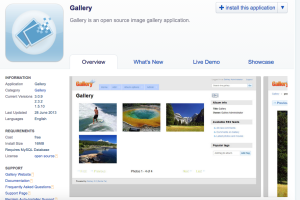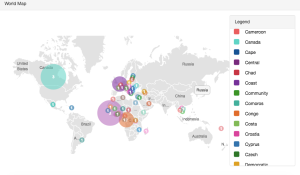I have chosen the Environment as my topic to base my visualisation assignment on. The broad question I am asking is, Is there a direct correlation between Climate Change and Precipitation? I will be researching and visualising if greenhouse gas emissions have any effect on the level of rainfall in Cork between 2010 and 2012.
I gathered all my statistics from Statbank, from the Environment and Climate section. At first, I tried downloading the CSV file provided, but when I loaded that file into my chosen visualisation platform, RAW, the titles were all over the place, as if the data was not entered correctly by the creator. I decided to enter the data manually into Excel and extract it as a CSV file. RAW is a simple and effortless platform to navigate, providing a drag and drop option to submit my CSV file. I particularly liked using RAW over other platforms such as Gephi, because you have the option to choose from many charts and graphs and the user interface is very appealing.
First, I used the data I gathered regarding the rainfall, every month from 2010 to 2012, and chose to visualise it using the Circle Packing chart.


This image is very appealing to the human eye, in contrast with the factual data that I had to rewrite myself in order to create this colourful visualisation. I organised it so that the amount of rainfall in millimeters was displayed alongside the year, and each colour represents the month of the year. The bigger the circle, the more rainfall. I have also added an image of each month corresponding with it’s designated colour. This was not available to download like the Circle Packing image, I had to screenshot it, so you as a reader could determine the month involved. However, if you were entering your own data in RAW, this is available to you on their page. As you can see from my Circle Packing visualisation, June 2012 seems to have had the most rainfall in the entire study, following with August 2012 and October 2012. So what we can derive from this already is that 2012 was a significant year with reference to an increase in rainfall.
I also chose to represent the same data using the Alluvial Diagram in RAW. It proved, for me, to be a more readable graph. It has the months in order of most rainfall, and also the years. Again, we can see June at the top of the graph following a chunky blue wave. August stands out for us also in it’s colour matching, as we can follow the red wave directly to the year 2012.

On the right hand side, the graph is in the order of showing the most rainfall, and descending in scale from there. Scanning your eyes from right to left you can link up the amount of rainfall with its specific year and then follow it back to its specified month.
What I can determine from viewing these two graphs, is that as the years went by, rainfall increased in Cork from 2010-2012. Being unsure of what external factors could cause this increase, I looked towards climate change, and the problem of greenhouse gas emissions affecting our climate.
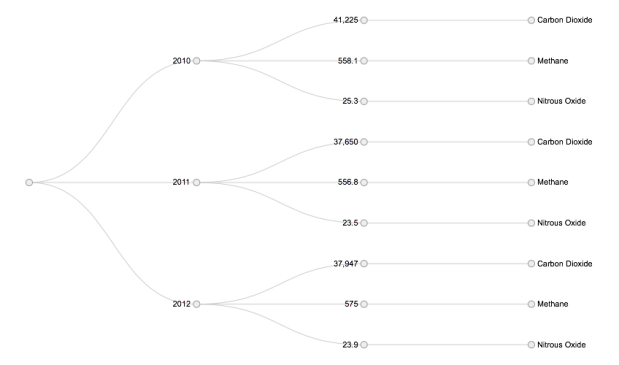
The main greenhouse gases are Carbon Dioxide (CO2), Methane(CH4) and Nitrous Oxide(N2O). In Ireland, N2O and Methane stem from the agricultural sector. CO2 are emitted through the burning of fossil fuels such as oil, coal, gas and peat. It is also emitted through deforestation and urbanisation. I also used data from Statbank to gather data about the Greenhouse Gas Emissions in the years 2010, 2011 and 2012.
I created a CSV file for this data and uploaded it to RAW. I chose the Cluster Dendrogram chart to show my visualisation of my gathered data in regard to the greenhouse gas emissions in Ireland from the year 2010-2012. It displayed that more emissions were emitted in 2010 than in 2012. I’m no weather specialist, so I can’t determine whether gases emitted in 2010 could create the horrendous weather that we had in 2012, but looking at these graphs, that’s the only conclusion that I can come to, other than the idea that maybe greenhouse gases are not the reason for such rainfall.
After reading the Environmental Protection Agency’s factsheet, I am convinced that climate change does have an impact on precipitation, and does correlate with my findings. It states that “impacts of climate change in Ireland include: an increased likelihood of river and coastal flooding” and “more extreme weather conditions including rainfall events”. It’s shocking findings tell us that “Agriculture is the single largest contributor to overall emissions at 32%”.
I also read an article published in 2012, which declares that “global greenhouse gas emissions increased the risk of flood by up to 90 percent”.
I am certain that these visualisations prove helpful in trying to compare and contrast particular data, however, I am still unsure whether both my data sets link up enough to support my hypothesis.
References:
- Statbank – http://www.cso.ie/px/pxeirestat/Database/eirestat/Climate/Climate_statbank.asp?SP=Climate&Planguage=0
- RAW – http://app.raw.densitydesign.org
- Gephi – https://gephi.org
- Environmental Protection Agency Factsheet – https://www.epa.ie/pubs/reports/indicators/epa_factsheet_greenhouse_v2.pdf
- Five things to know about flooding and climate change – http://www.carbonbrief.org/five-things-to-know-about-flooding-and-climate-change

